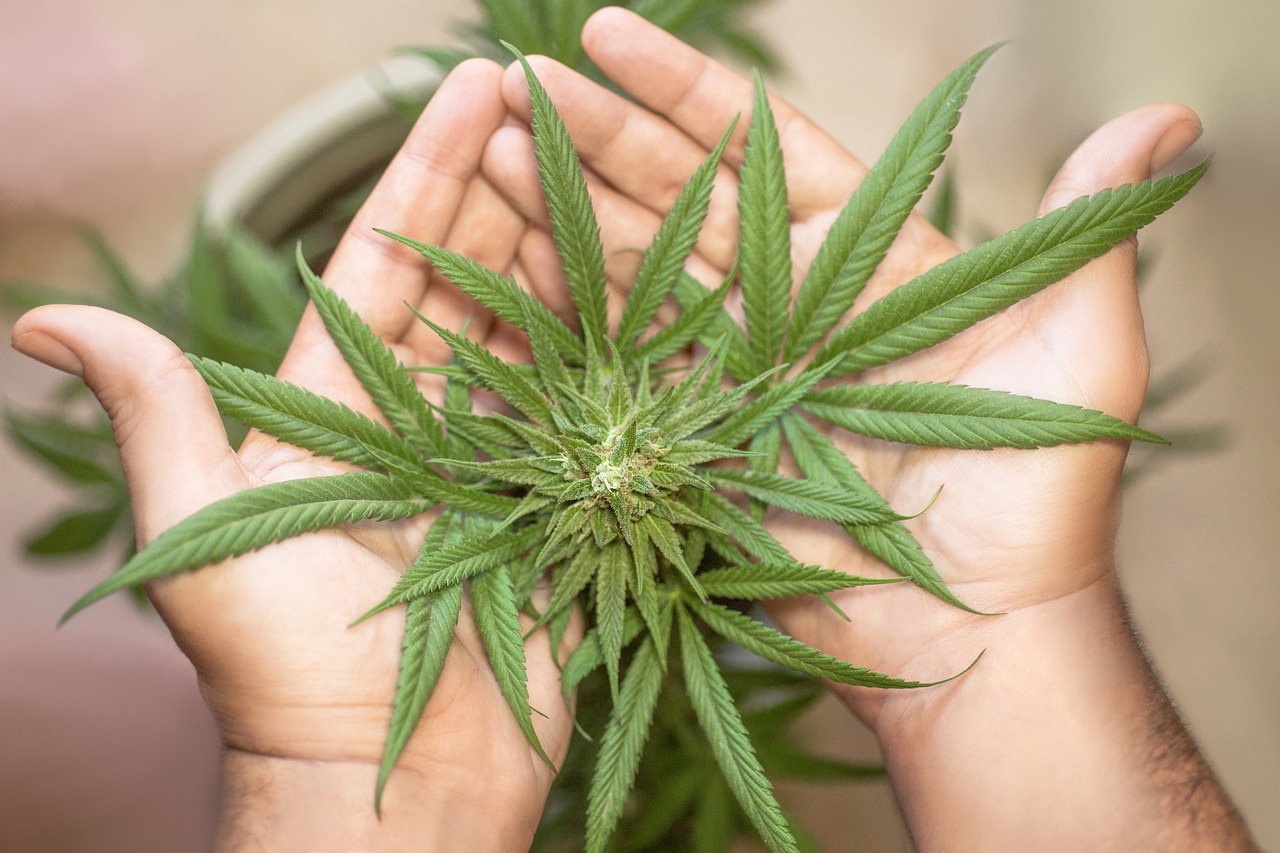In recent years, the cannabis industry has seen a surge in interest surrounding various cannabinoids. While THC and CBD have dominated the conversation, another compound is gaining attention: Is THCa flower good for depression?. This raw cannabinoid offers unique properties and potential benefits that are worth exploring.
Understanding THCA: What Is It?
THCA, or tetrahydrocannabinolic acid, is a non-psychoactive cannabinoid found in raw cannabis plants. Unlike THC, which is known for its psychoactive effects, THCA does not produce a “high.” This is because THCA is the precursor to THC. When cannabis is heated through smoking, vaping, or cooking, THCA undergoes decarboxylation, converting into THC.
The Benefits of THCA
Research into THCA is still in its early stages, but preliminary studies and anecdotal evidence suggest several potential benefits:
- Anti-inflammatory Properties: THCA may help reduce inflammation, making it a potential option for those with conditions like arthritis.
- Neuroprotective Effects: Some studies indicate that THCA could offer neuroprotective benefits, which might be beneficial for neurodegenerative diseases.
- Anti-emetic Properties: THCA has shown promise in reducing nausea and vomiting, which could be helpful for patients undergoing chemotherapy.
- Appetite Stimulation: Like THC, THCA may help stimulate appetite, which can be beneficial for individuals with eating disorders or those undergoing treatments that reduce appetite.
THCA vs. THC: Key Differences
While THCA and THC are chemically related, they have distinct differences:
- Psychoactivity: THCA is non-psychoactive, whereas THC is known for its mind-altering effects.
- Legal Status: In many regions, THCA is legal because it does not produce a high. However, laws can vary, so it’s important to check local regulations.
- Consumption Methods: THCA is typically consumed in its raw form, such as in smoothies or juices, to preserve its properties.
How to Use THCA Flower
For those interested in incorporating THCA into their wellness routine, there are several methods to consider:
- Raw Consumption: Consuming raw cannabis leaves or flowers in smoothies or salads is a popular way to intake THCA.
- Tinctures and Oils: Some products are specifically designed to preserve THCA, offering a convenient way to consume it.
- Topicals: THCA-infused creams and balms can be applied directly to the skin for localized relief.
Case Studies and Research
While comprehensive research on THCA is limited, several studies provide insights into its potential:
- A 2013 study published in the British Journal of Pharmacology highlighted THCA’s anti-inflammatory properties, suggesting its potential in treating inflammatory conditions.
- Research from the University of Guelph in Canada explored THCA’s neuroprotective effects, indicating its promise in neurodegenerative disease management.
Consumer Considerations
When exploring THCA products, consumers should keep a few things in mind:
- Product Quality: Look for products that are lab-tested to ensure purity and potency.
- Legal Regulations: Check local laws regarding THCA, as regulations can vary widely.
- Consultation with Healthcare Providers: Before starting any new supplement, it’s advisable to consult with a healthcare professional, especially for those with existing health conditions.
The Future of THCA
As interest in cannabis continues to grow, so does the potential for THCA. Researchers are keen to explore its full range of benefits, and consumers are becoming more curious about its applications. With ongoing studies and increasing consumer demand, THCA may soon become a staple in the wellness industry.
Conclusion
THCA offers a unique profile that sets it apart from other cannabinoids. Its non-psychoactive nature and potential health benefits make it an intriguing option for those seeking alternative wellness solutions. As research progresses, THCA may unlock new possibilities in the world of cannabis, providing consumers with more choices for their health and well-being.
